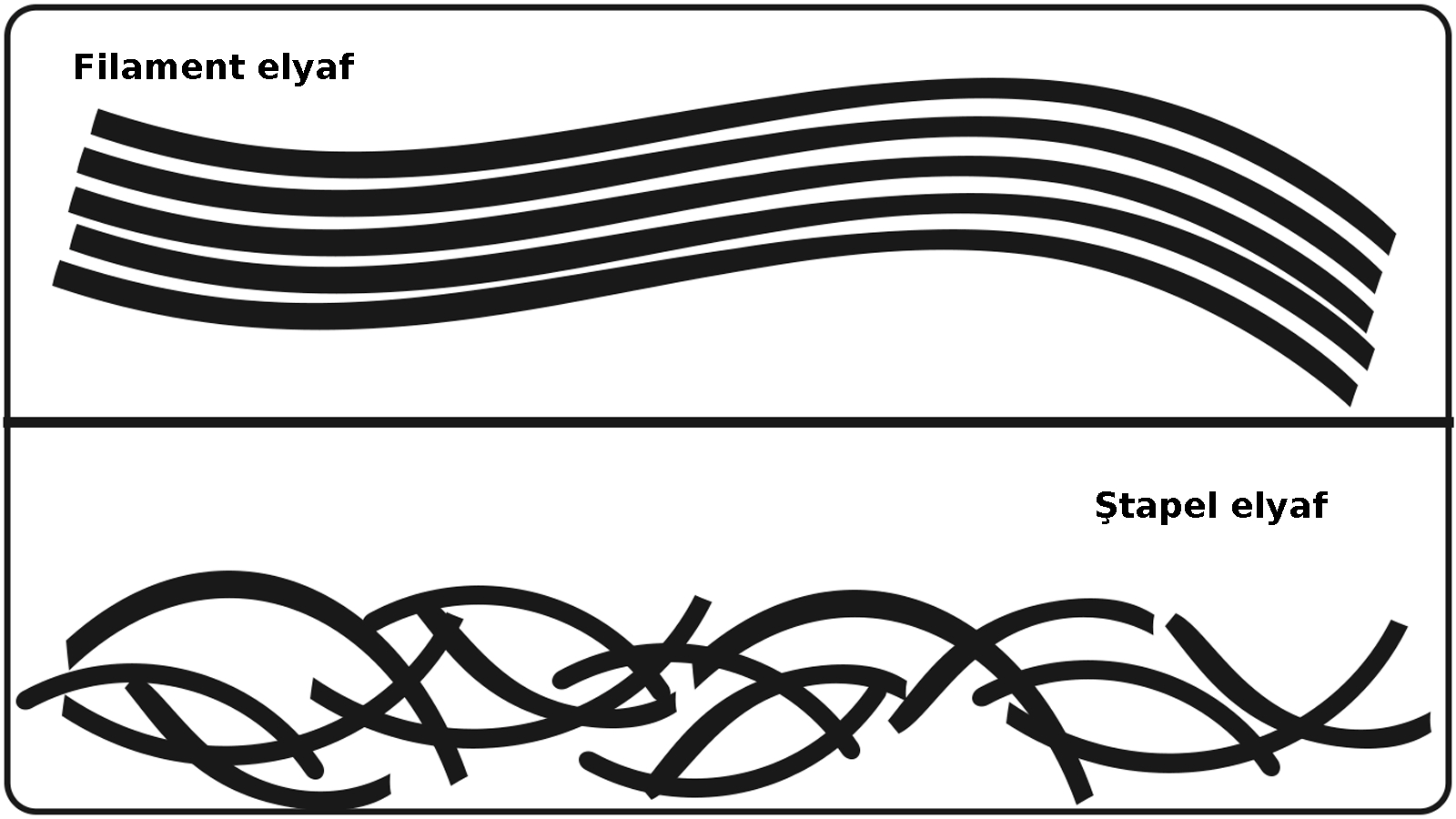Knit Fabric Shrinkage - Quality Assurance
20:49
0 comments
Knit Fabric Shrinkage
The most important factors relating to shrinkage are fiber, yarn, construction, wet processing, finishing procedures, cut-and-sew techniques, and garment care. Construction and processing shrinkage depend on the construction and processing variables chosen by the manufacturer or customer. Knit fabrics typically are more open and loose in structure than wovens and thus are subject to more instability and dimensional change. To understand shrinkage in knit fabrics, it is important to fully understand the basics of loop formation, the consolidation forces in dyeing and finishing, and the effects of product care.
1-) Knitting Parameters
2-) Dyeing & Finishing Parameters
3-) Chemical Finishing
1-) Knitting Parameters
Learn about knit fabric construction parameters that relate to shrinkage are fiber type, yarn type and structure, type of knitting stitch, stitch length, and finishing techniques. The product specifications serve as the blueprint for the selection of these parameters. These in turn influence the potential for dimensional change in the product.
2-) Dyeing & Finishing Parameters
Wet processing procedures usually create stress on a fabric. Continuous processes during preparation and dyeing and preparation for drying usually stretch the length or reduce the width. If these forces are great, they may exceed the elastic limit, thus permanently changing the fabric’s relaxed dimensions. Finishing procedures may reduce or improve the fabric’s dimensional stability. The use of relaxation dryers, compactors, or crosslinking agents can reduce the residual shrinkage after wet processing. Without these measures, there will be little or no reduction of shrinkage.
3-) Chemical Finishing
For years, chemical crosslinking has been commonly used to stabilize cotton and other natural-fiber knit fabrics, especially in open-width form. Compaction methods, although effective, are used primarily on knits such as underwear fabrics and tubular goods. Improvements in wet processing methods resulting in lower tensions on fabric, such as the evolution of relaxation dryers and the improvement of compaction machinery, have reduced the need for chemical finishing. However, many cotton products continue to use crosslinking agents because of the desire for low shrinkage without the increased bulk resulting from compaction.
-
İş sağlığı ve güvenliği için bazı işletmelerde pr ayakkabı kullanımı gereklidir. Ayakkabılarda rastladığımız "PR" terimi, İngiliz...
-
Ayakkabılarda doğru numara seçimi sağlık ve kullanım ömrü açısından önem arz eder. Kesirli Ayakkabı Numaraları Ne Anlama Geliyor? 🤔 Bazı a...
-
Yeşil renk ve tonları, sarı ile mavi ışığın birleşmesi sonucu oluşur ve fotosentetik pigmentler nedeniyle bitki yapraklarında yaygın olarak ...
-
Mavi polycotton nevresim takımı. Polycotton , polyester ile pamuğu (cotton) karıştırarak elde edilen, her iki elyafın en iyi performans ...
-
Kumaşın ön yüzünün ve arka yüzünün gösterimi. Kumaş yüzü (Alm. Stoffvorderseite, Fr. front de tissue, İng. fabric face; face of fab...
-
Rahat bir kullanım için ayağın genişliği ve uzunluğuna uygun ayakkabıyı seçmek son derece önemlidir. Ayakkabı Genişlik Terimleri: E, F, FX,...
-
Şali kumaş bayrak. Şali , tiftik iplikten dokunmuş ince bir kumaş türüdür. Kaba ve seyrek dokunanları genelde bayrak yapımında kullanılmış...
-
Ütü parlaması çok yoğun ise elbise kullanılmaz hale gelir. Ütü yaparken özellikle pantolon gibi hassas kıyafetlerde parlama oluşabilir. Ütü...
-
Lif kısaltmaları tekstilde elbise üretiminin her aşamasında kullanılır. Tekstil, Kumaş, Lif ve Elyaf Kısaltmaları : Tekstil endüstrisi, lif...
-
İngilizce renkler. İngilizcede renk kelimesi Amerikan İngilizcesinde "color", İngilizce İngilizcesinde "colour" olarak ...
-
Türk tekstil ve hazır giyim sektörü: yerli markaların yükselişi. Türkiye'nin lokomotif sektörlerinden biri olan tekstil ve hazır giyim...
-
Akrilik elyaf, iyi yalıtım özelliğine sahip olmasıyla öne çıkan sentetik bir lif türüdür. Akrilik Elyaf: Tanım ve Özellikler Akrilik, ( Alm....
-
Kumaş numunesi. 1) Yapılarına göre (nasıl yapıldıysa o ismi alır) a) Dokunmamış kumaşlar - Nonwoven , keçeler, kağıt telalar, elyaf, vi...
-
Ünlü Türk modacı ve tasarımcılarının kreasyonları artık dünya moda başkentlerinde sergileniyor. Türkiye'de tekstil ve moda sektörünü...
-
Farklı renk ve türdeki kumaş çeşitleri. Kumaş, ipliklerin, çeşitli yöntemlerle bir araya getirilerek oluşturduğu kaplayıcı yüzeylerd...
-
Türk ayakkabı markaları, yerli ham maddeyi mükemmel işçilik ve estetik tasarımlarla birleştiriyor. Türk malı ayakkabı ürünler, kalitesi ve e...
-
Dünyanın en meşhur modacıları. Dünyaca ünlü modacılar Her sezon önce podyumları sonra da vitrinleri süsleyen özel koleksiyonların arkas...
-
Lif kısaltmaları tekstilde elbise üretiminin her aşamasında kullanılır. Tekstil, Kumaş, Lif ve Elyaf Kısaltmaları : Tekstil endüstrisi, lif...
-
Naylon olarak da bilinen polyamid kumaşlar sentetik kökenli bir kumaş türüdür. Polyamid ya da naylon (Alm. Polyamidfaser, Fr. fibre ...
-
Tekstil ürünlerinin etiketlerinde yıkama, kurutma ve ütüleme ile ilgili semboller bulunur. Tekstil Ürünleri için Tavsiye Edilen Yıkama Tali...




















































































































0 yorum:
Yorum Gönder
Merhaba, daha kaliteli bir site için yorumlarınızı bekliyoruz.